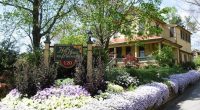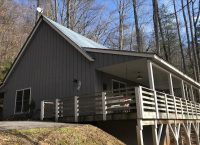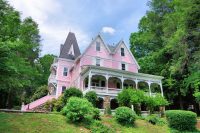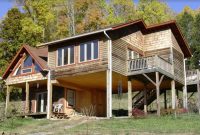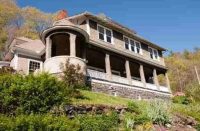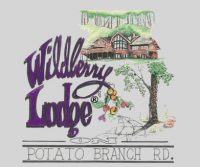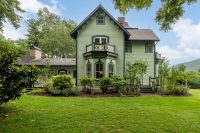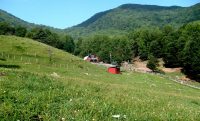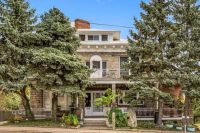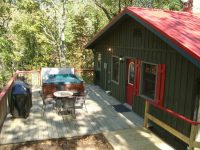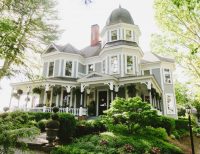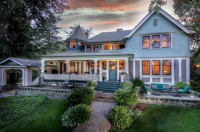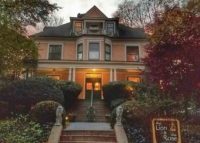Novelist Thomas Wolfe spent a decade of his childhood growing up in his mother’s Asheville boardinghouse. Called “Old Kentucky Home” the house was patronized by summer tourists and health seekers during the early years of the 20th century. These boarders would later inspire many of the colorful characters in Wolfe’s 1929 novel, Look Homeward, Angel. The house itself was recast as “Dixieland” and would provide much of the setting for the story. Today, tours of the Old Kentucky Home provide a glimpse into Asheville’s early rise to prominence as a resort for health and recreation as well as the stories associated with Thomas Wolfe’s colorful and turbulent childhood here. An adjacent visitor’s center and museum contains a self guided exhibit hall and 22 minute film presentation on Wolfe’s life and writings.
Thomas Wolfe famously wrote “You can’t go home again,” but don’t let that stop you from exploring the Asheville native’s boyhood home.
A contemporary of F. Scott Fitzgerald and Ernest Hemingway, Wolfe secured his place in the American literary canon with the critically acclaimed publication of his unabashedly auto-biographical novel, Look Homeward, Angel, in 1929. Local admiration didn’t come as easily: His unflattering portrayals of family and some 200 thinly disguised townspeople of Asheville (aka “Altamont”) prompted hometown scorn. Following eight years of self-imposed exile, Wolfe re-turned a hero in 1937, having boosted tourism during the Great Depression.
Asheville still embodies the “boomtown” spirit that so captivated Wolfe. “Some things will never change,” wrote Wolfe, and a walk through his onetime stomping grounds continues to reveal a colorful cast of characters.















































